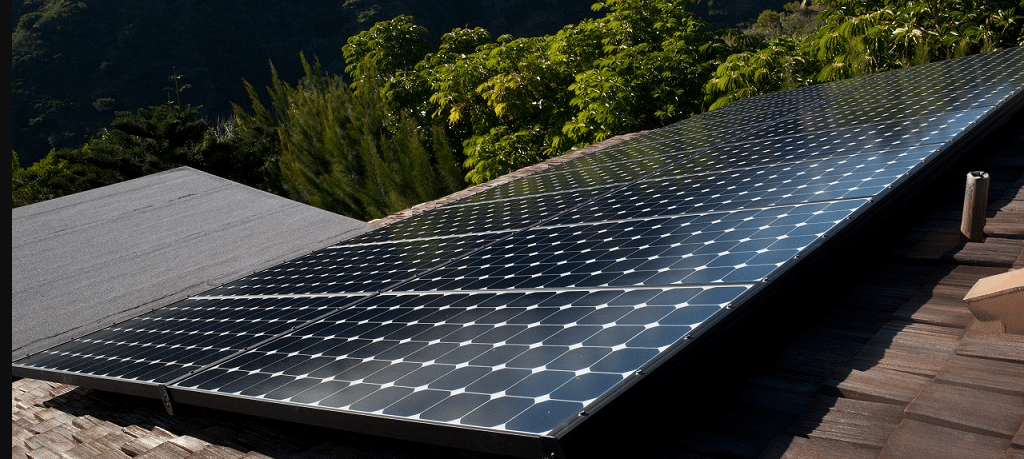A note to all states that have already eliminated – or are planning to eliminate – precipitously the net-metering policies that have boosted the industry in your states. Heed the hard lessons from Hawaii, which once served as a shining solar light but has now become a cautionary tale.
On the island of Oahu, the number of solar permits has fallen to an all-time low – 449 – and the number of systems that have come online in the first quarter are down 37% from 2016. Are you paying attention, Indiana? How about you, Missouri? Arizona? Maine? Iowa?
The elimination of net-metering in 2015 in the second quarter of that year has brought on a steady decline that started slowly but is continuing to gather steam as the program fades to a distant memory. According to data compiled by pv magazine‘s Americas Editor Christian Roselund since the net-metering decision, the news has not been good for the Oahu market:
- Q3 15: 578
- Q4 15: 576
- Q1 16: 554
- Q2 16: 493
- Q3 16: 489
- Q4 16: 468
- Q1 17: 449
Ironically, at the same time net-metering disappeared, the Hawaii legislature unveiled a new goal for the state: The law requires the state to be 100% powered by renewable energy by 2045 – a goal made more difficult to reach without the robust net-metering program on whose provisions the Hawaii market had exploded.
Net-metering was replaced by Hawaiian Electric Co. (HECO)’s Customer Grid-Supply (CGS) program, through which customers received a public-utilities-commission-approved credit for electricity sent to the grid while paying the retail rate for electricity they use from the grid.
Unfortunately, that program also became oversubscribed and hit its cap in August, and the Hawaiian Public Utilities Commission (PUC) refused to raise it at the time. Recently, however, the PUC decided to move more capacity to the CGS program, in a concession to the reality that the sudden elimination of net-metering had caused too much disruption to the market. For that realization, the solar industry is grateful.
The successor program to the CGS program was the Customer Self-Supply (CSS) program, which is designed for distributed PV installations that don’t export any electricity to the grid. Under CSS, customers are not compensated for excess energy as they were under the old net-metering programs.
Until November 2016, when the utility received 234 applications for the program, it had struggled to gain traction in a state where 15% of all residential and commercial electric customers have PV systems — nearly 20 times the national average- and approximately 29 percent of all single family homes have been approved to install a PV system.
“Hawaii is in the midst of a challenging transition,” said Robert Harris, director of public policy at residential installer Sunrun. “No industry can change overnight, and the solar industry is no exception.”
Sunrun has steadily increased its marketshare in Hawaii, selling more than 1,000 of its BrightBox solar+storage solutions since April 2016. The company believes the solar+storage solution could offer a way forward to satisfy a populace thirsting for ever-increasing amounts of solar power while preventing the utilities and grid from being overwhelmed.
“Sunrun has been proposing new tariffs that move the market toward a long-term distributed-energy resources market structure,” Harris said. “We are encouraged by the PUC’s work in developing new, innovative solutions to keep the solar market in the state vibrant and viable.”
“Our Hawaiian customers are eager to take advantage of innovative solar solutions that achieve Hawaii’s 100% clean-energy goals as well as the financial benefits of adding solar as well,” Harris added.
In fact, two new bills are making their way through the Hawaii legislature that could help Sunrun’s vision move forward. First, House Bill 1593 would expand the Green Energy Market Securitization (GEMS) program, which would essentially create a rebate for people who install storage systems.
The second bill, Senate Bill 665, would provide tax credits for both traditional grid-connected solar systems and energy-storage systems while tamping down – slowly – the current tax incentive programs.
Until those programs are enacted or other solutions are found, evidence of a Hawaiian market slowing to a near standstill remains. And while optimism among installers on the islands is often hard to come by, the Hawaiian Solar Energy Association (HSEA) holds out hope that the market will turn around.
“With the recent, positive PUC ruling adding CGS program capacity and two energy storage incentive bills in legislation there is a reason for optimism,” said Hajime Alabanza, executive assistant to HSEA. “Through reasoned regulatory action and legislative support for renewable energy and storage, the benefits of solar can reach all residents of the state.”
pv magazine‘s Americas Editor Christian Roselund contributed to this report.
This content is protected by copyright and may not be reused. If you want to cooperate with us and would like to reuse some of our content, please contact: editors@pv-magazine.com.








Can you see the Directors of the local electric utility, HECO, dancing around their dividend checks, as a payoff for all of their back room lobbying and arm twisting?